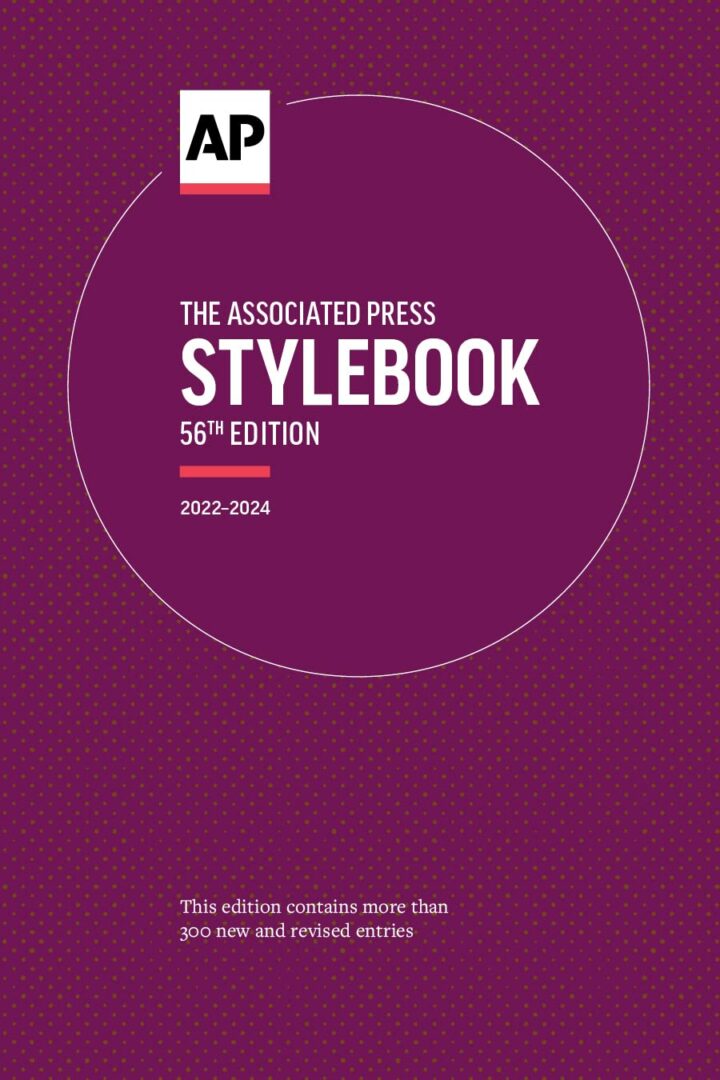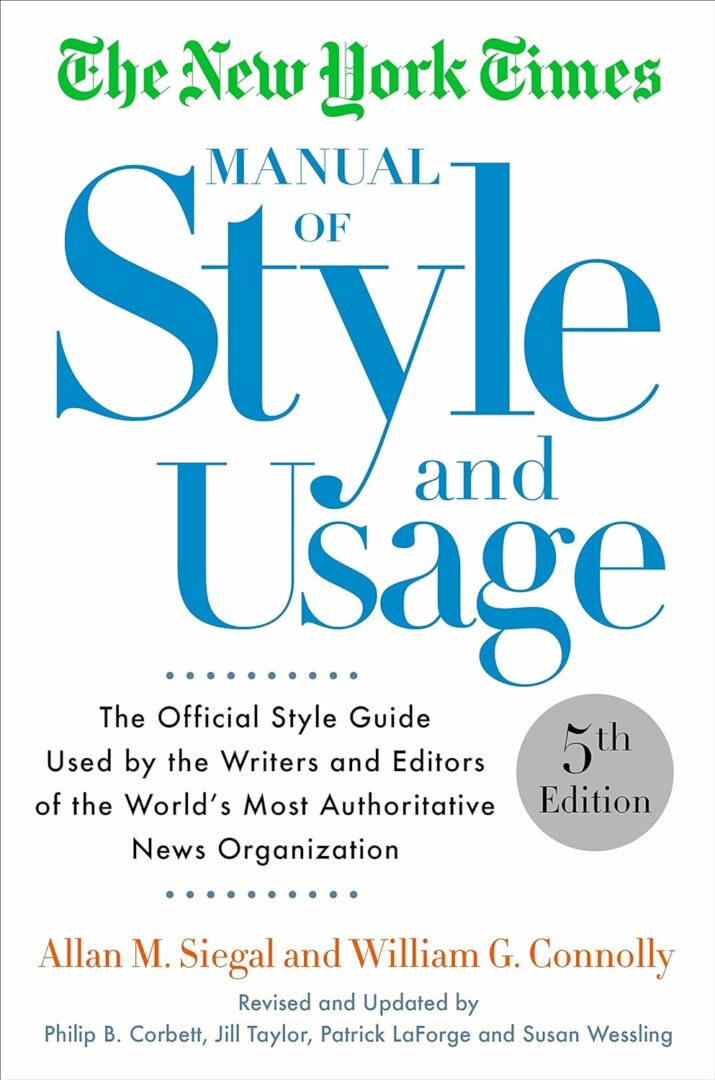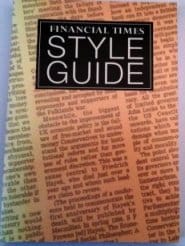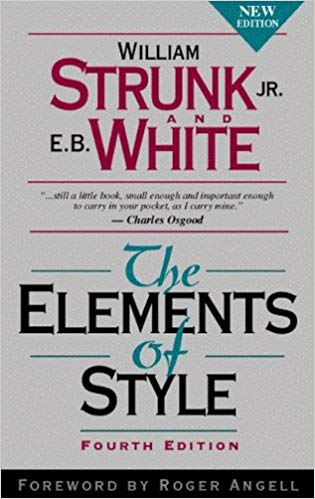In the digital world, writing has become an essential skill in more professions. If you are curating a blog, creating content for a website or just writing internal content, it is good practice to follow a style guide. Finding the guide that aligns with your own personal style is helpful in creating your definitive tone and brand.
My first journalism instructors taught under the New York Times style guide. That was my base and go-to for many years until I moved to England. The rules here are slightly different, and because I primarily write about business, I now lean more towards the Financial Times and BBC. We wrote this many years ago, and keep it updated when there is new content.
Whatever your poison and personal taste, here is a roundup of the top style guides for journalists and writers I have found useful over the years:
1. New York Times Style Guide
The NYT style guide was created in 1950. It has been revised many times over the years. For many in the industry, the NYT Style guide is considered the standard.
Buy The New York Times Manual of Style and Usage (official) 5th edition online at Amazon here.
2. Financial Times Style Guide.
Until May 2019, the Financial Times had their online style guide and glossary online, in the form of the FT Lexicon. Sadly it took too many resources and it is no longer supported. The only closest thing I have been able to find is a series called Grammar Rules which seems to be a blog that looks towards reminding people that grammar and the Oxford Comma still matters (which we wholeheartedly agree with).
You can still buy the 1993 version of the FT Style Guide on Amazon.
3. The Associated Press Stylebook.
The Associated Press has some options when it comes to their Stylebook. You can buy it on their the AP style guide website in regular or digital forms (and they have some checking tools and workshops as well).
Or you can buy 56th edition of the Associated Press Stylebook on Amazon.

The AP Style Guide, also referred to as the Bible of Journalists the world around, has a comprehensive style guide that is updated regularly. Online, you will find fun quizzes to see which is in their recommended style guide. You can buy their latest style guide right from their website.
4. The Wall Street Journal Stylebook.
The WSJ stylebook (they are one of the few to not use ‘Style Guide’), and yes stylebook is one word according to the WSJ. You can keep up with monthly updates (fun for grammar nerds) via the WSJ monthly bulletin, Style & Substance. I am happy to say many years after the first version of this article this blog is still going strong.
“William Power and Jennifer Hicks, the stylebook editors at The Wall Street Journal, have compiled the monthly bulletin Style & Substance since August 2013. Bill is also an editor and writer in the Journal Reports group, overseeing the monthly mutual-funds sections, after spending many years as a reporter and news-desk editor. Jennifer is a deputy managing editor, in charge of digital products and innovation. The bulletin was started in 1987 by Paul R. Martin, a Page One editor and longtime Journal style arbiter who, even in his retirement, still helps us unravel the toughest grammar puzzles.”
From what I can find, the WSJ has an outdated (2002) guide that can be found on Amazon here.
And if you’re looking for the WSJ’s take on how to make the best infographics, check out The Wall Street Journal Guide to Information Graphics: The Dos and Don’ts of Presenting Data, Facts, and Figures
If you want something more dated (1988), but still worth the read, WSJ author, William E. Blundell produced The Art and Craft of Feature Writing: Based on The Wall Street Journal Guide. Blundell’s offering has been used in journalism and publishing classes for decades.
5. BBC News Style Guide
The BBC News Style Guide is available as a free PDF online. They also have a webpage that is the BBC News A-Z style guide.
6. Non Traditional & Rare Style Guides
a) The Elements of Style by William Strunk
In 1918 William Strunk’s booklet (a mere 43 pages of American English usage) is considered by some, essential reading. The New York Times listed it as one of the 100 best and most influential books written in English since 1923. Even though written over 100 years ago, his 17th principle of composition is one which still applies– “Omit needless words.” You can search his booklet online at Bartleby.
You can buy a paper updated version here:
b) StyleManual.org by Andy Taylor
Andy Taylor has worked on the Instagram Design Team for over 8 and a half years. He put together a quick style guide (based on British principles), which is easy to navigate, and answers quick grammar and style questions on the fly.
That is the roundup for now. Watch this space as we update it when more information becomes available. I will leave you with a quote from Oscar Wilde, “A writer is someone who has taught his mind to misbehave”. Until next time, keep misbehaving. x
Posted by: Jean Paldan
Nov 02, 2023






